
Mammals (A CLASS OF ANIMALS)
Other Vertebrates
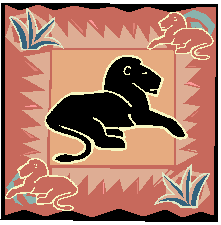 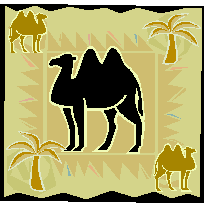 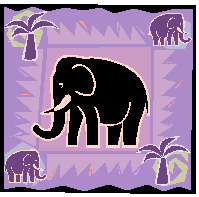
What are the common
characteristics of mammals?
 |
Mammal mothers feed their infants milk
from their bodies.
|
 |
Mammals have hair or fur (some time during
their lifespans).
|
 |
Mammals have 3 middle-ear bones.
(hammer, stirrup, anvil)
|
 |
Birds and mammals are warm-blooded.
|
 |
Mammals are vertebrates
- they have backbones. Other vertebrates are fish, amphibians, reptiles and
birds.
|
 |
Orders of mammals
|
 |
Monotremes: Platypuses and Echidnas,
Marsupials,
Aardvarks,
Insectivores,
Pangolin,
|
 |
Toothless Mammals
Hoofed Mammals,
Elephants, Carnivores,
Rabbits Hares and Pikas,
|
 |
Rodents,
Bats,
Whales Dolphins Porpoises Manatees,
Primates
|
Draw a Mammal
(Drawing Page)
Do Research on Mammals
(Research Worksheet)
 |
Diet - Find out what they eat.
 |
Plants - Herbivore
|
 |
Animals - Carnivore, Insectivore
|
 |
Both - Omnivore
|
|
 |
Anatomy - Find out what
they look like.
 |
How tall - Height - Feet and inches or meters
and centimeters
|
 |
How long - Length - Feet and inches or meters
and centimeters
|
 |
How much they weigh - Pounds or kilograms
|
 |
Description - Hair, fur, fins, legs, hooves,
claws, long neck, tail ...
|
|
 |
Location - Find out
where in the world they live.
 |
What ocean, sea, lake, river, shore, estuary
|
 |
What continent, island, country
|
|
 |
Protection
- Find out how they protect themselves and their babies
from predators (enemies).
 |
Camouflage (color, decoration, shape)
|
 |
Behavior (what they do)
|
 |
Adaptation (how they have changed over time)
|
|
 |
Habitat - Find out where they
make their homes. For more, Click Biomes
 |
Grasslands
|
 |
Deserts
|
 |
Coniferous and deciduous forests
|
 |
Rain forests
|
 |
Mountains
|
 |
Tundra (arctic and alpine)
|
Words to Learn
 |
Aquatic places (In water)
|
 |
Terrestrial places (On land)
|
 |
Arboreal places (In trees)
|
 |
Underground (burrows and caves)
|
|
Reproduction -
Find out how parents care for their young.
 | Find out how many babies they have at
one time. |
 | Find out how the parents care for
their babies and raise their young |
|
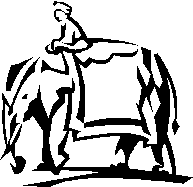    
 |
Match the names of mammals with their pictures (Worksheets)
BIOMES OF THE WORLD
|
| Mammals live
all over the world.
Biomes,
Ecosystems
and Habitats
are areas of the earth having climate and land conditions that support
certain kinds of plants and animals. All the plants and animals in a
biome,
ecosystem
or habitat
are interdependent (that means they need each other to survive).
 | Mammals live is different
biomes. A biome is a large area of
the world where plants and animals live, usually based on climate.
For example, many mammals live in the tropical rain forests.
|
 | Mammals live in different
ecosystems.
An ecosystem is smaller than a biome and has a number of habitats where
plants and animals live. The plants and animals depend of each other and
the climate for their survival. Shorelines and estuaries are examples of
ecosystems. |
 | Mammals live in different
habitats.
A habitat is a place where the animal makes his home. Once again,
dependence on others is important for survival. The home has to be a place
near food and shelter. |
Ways to Sort and Compare
Animals

|
|
![]()




![]()

![]()


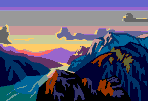
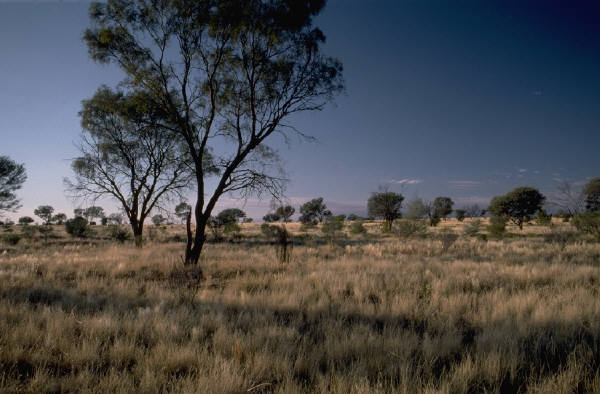

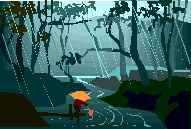

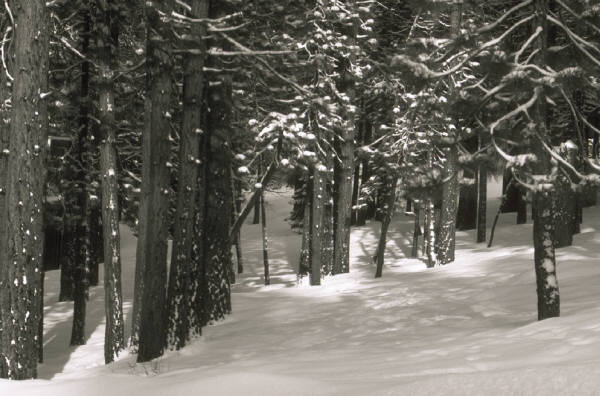
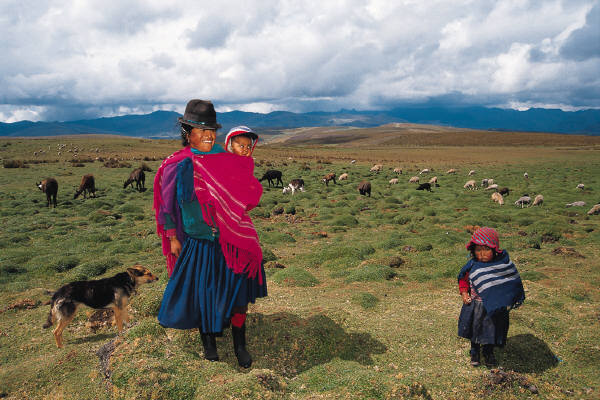
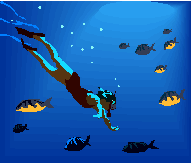
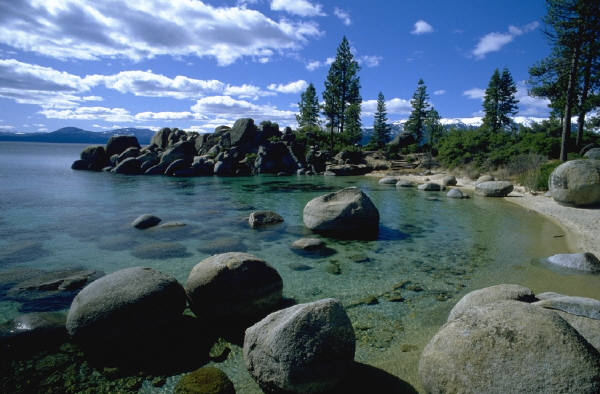

 /
/